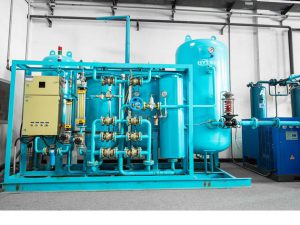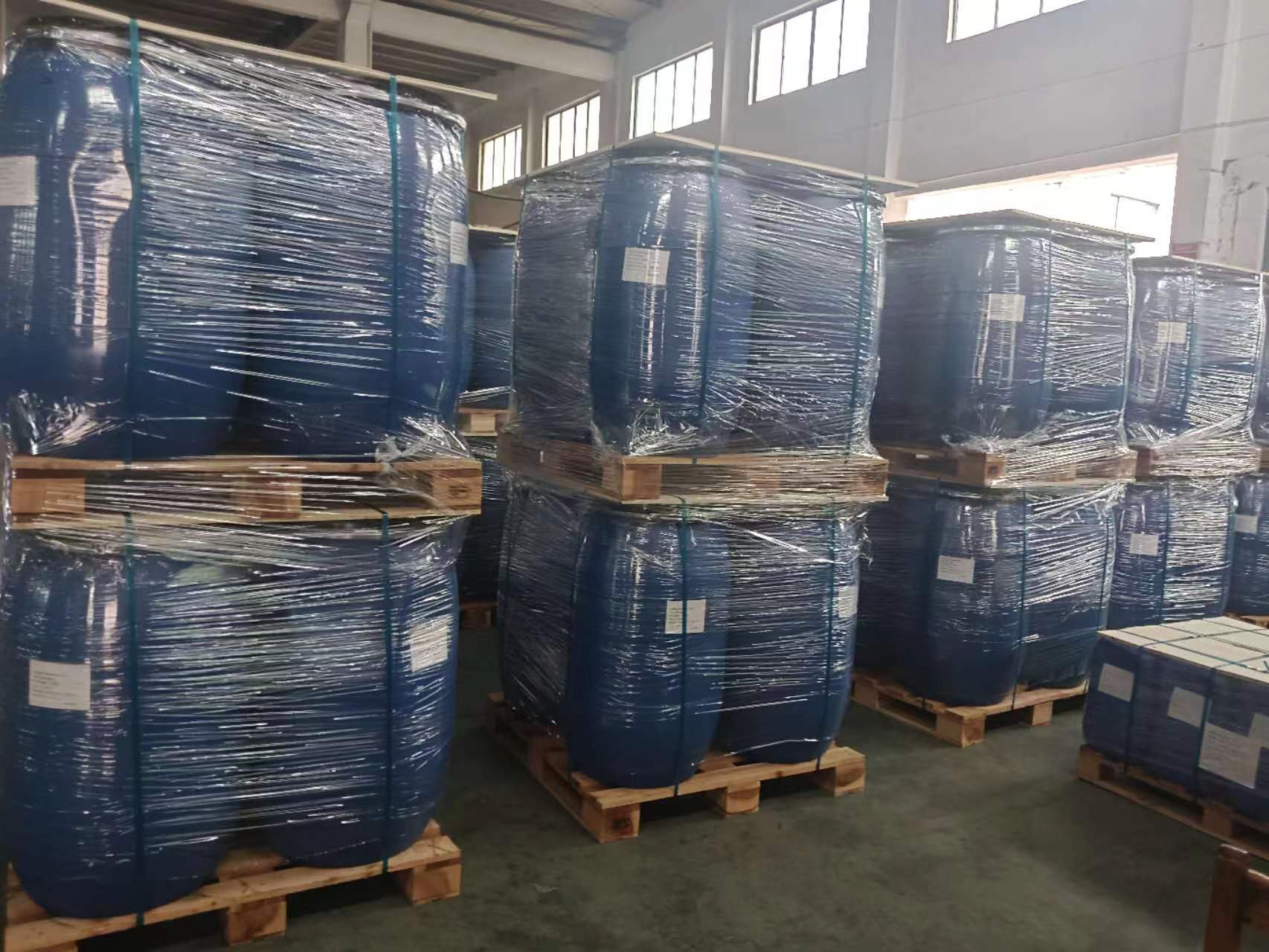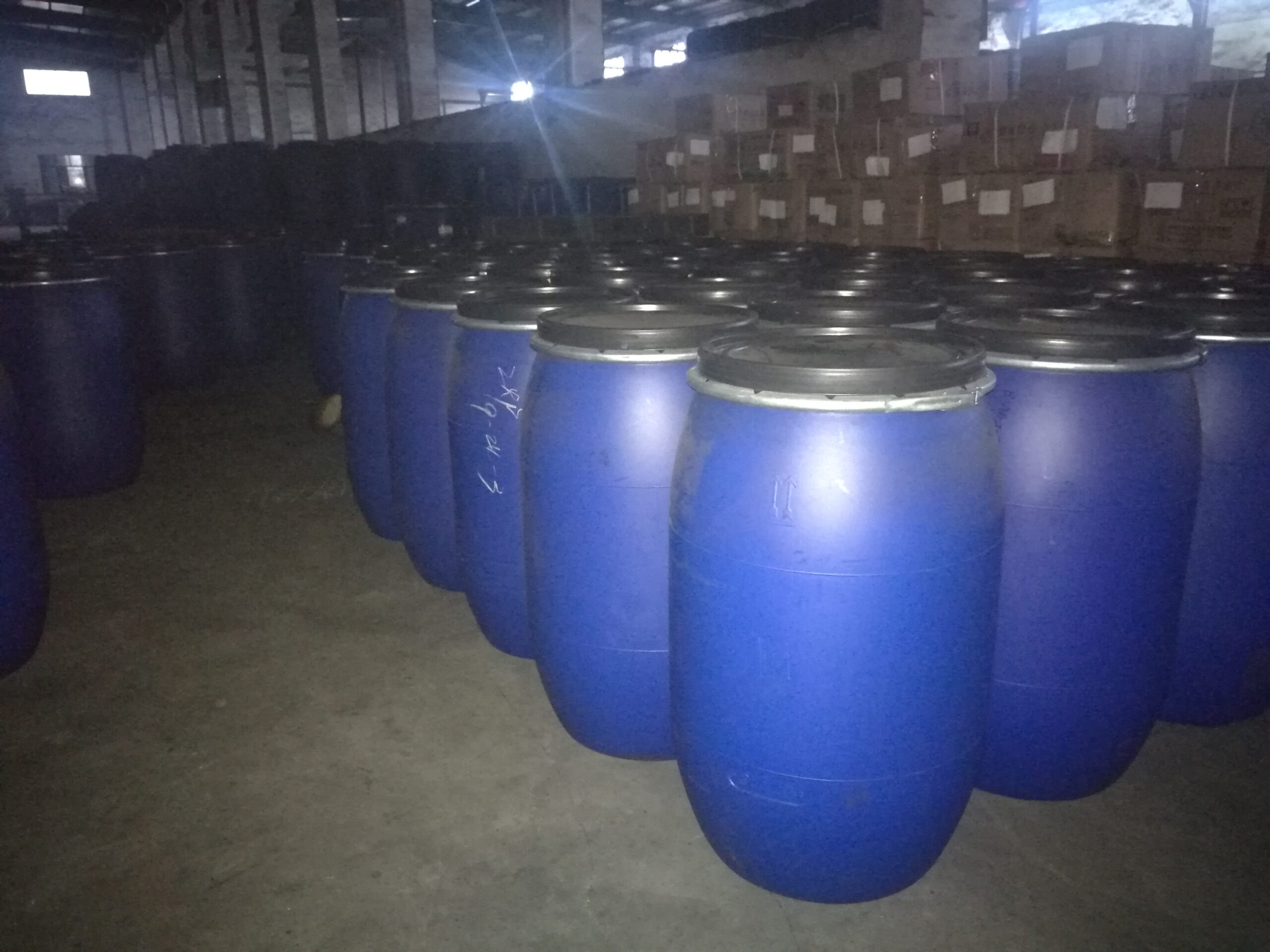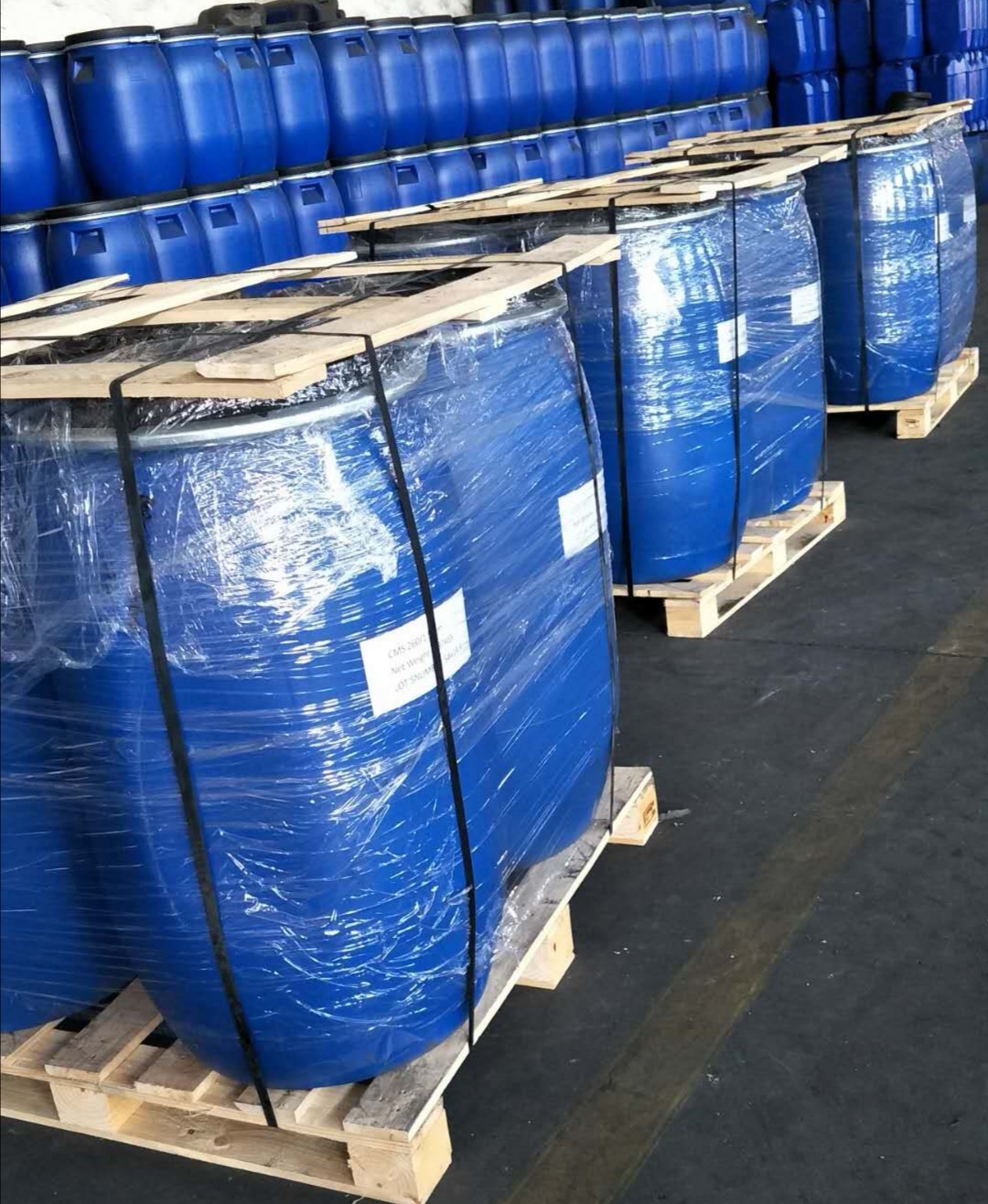Comparison of PSA Pressure Swing Adsorption Technology and Membrane Separation Technology in Nitrogen Generators
There are three nitrogen generation technologies: carbon molecular sieve pressure swing adsorption, hollow fiber membrane separation, and electrochemical nitrogen generation. The more widely used technologies are PSA pressure swing adsorption and membrane separation.
PSA nitrogen generation technology: By using high-quality carbon molecular sieves as adsorbents, when compressed air passes through the carbon molecular sieves under certain pressure, oxygen is preferentially adsorbed due to the difference in the diameters of gas molecules, while nitrogen remains in the gas phase, achieving the separation of nitrogen and oxygen. The adsorbed carbon molecular sieves are regenerated through pressure reduction and desorption, releasing the adsorbed oxygen and re-adsorbing nitrogen, completing the regeneration process. It is a process of pressurized adsorption and depressurized desorption.
Membrane separation technology: It uses high-molecular membranes as separation materials. Compressed air is passed through hollow fiber membrane bundles. Due to the different permeability and diffusion capabilities of different gas components in the air under high pressure through the high-molecular membranes, oxygen, carbon dioxide, and other components are discharged through the small holes on the fiber membrane tubes into the atmosphere, while nitrogen and a small amount of argon are collected and, after a series of purifications, are delivered to the application equipment. This utilizes the principle of selective permeation.

Comparison of the two technologies:
- Purity: Under the same conditions such as air intake volume, pressure, air source quality, and filtration system, the purity achievable by pressure swing adsorption is much higher than that of membrane separation technology. Currently, the purity of membrane separation technology is around 99.5%, while carbon molecular sieve pressure swing adsorption can reach up to 99.9995% purity. If the air source is not clean or the air volume and pressure are insufficient, the purity will be greatly reduced.
- Dew point or water content: Theoretically, the water removal capacity of pressure swing adsorption is superior to that of membrane separation. For carbon molecular sieve pressure swing adsorption, if the front-end treatment is improper, not only will the water removal capacity decrease, but it may also lead to the pulverization and weakening of the carbon molecular sieves, or even the loss of adsorption capacity. For membrane separation, it is particularly sensitive to water and oil. If not properly treated, the fiber membranes will also lose their adsorption capacity and become unusable.
- Noise: Membrane separation technology does not produce any noise. Membrane separation nitrogen generators can operate quietly next to application equipment, reducing the additional costs of extending pipelines and avoiding the risk of pipeline leaks. PSA nitrogen generators are compact and operate without noise, but compared to membrane separation technology, certain sounds may be produced due to valve actions.
- Size and weight: Nitrogen membrane generators are small in size, light in weight, and have a compact structure, making them more lightweight and compact. They can be placed under standard laboratory benches, which is an ideal choice for laboratories with limited space. If designed properly, PSA nitrogen generators can also be applied in narrow spaces, but they may not be as compact as membrane separation equipment.
- Air compressor load: Membrane separation and pressure swing adsorption have different requirements for air volume. For membrane separation, the higher the purity, the more air is needed, and the greater the load on the air compressor. For pressure swing adsorption, there is a backflush phenomenon, so the actual air consumption is much higher than the theoretical value and cannot be simply calculated based on the air-to-nitrogen ratio. The corresponding load on the air compressor is also greater than the ideal situation.
- Maintenance and servicing: Membrane separation technology has fewer moving parts and is easy to maintain. When problems occur with the generator, maintenance and replacement of parts are very convenient, reducing maintenance and repair costs and saving time and labor. In addition, the operation of nitrogen gas membranes does not require much management and control of electronic components, allowing more electronic components to be used for monitoring core technical parameters, ensuring the stability of the generator. 2. Pressure swing adsorption, on the other hand, has more moving parts and electronic components, making maintenance and repair more complicated. The valves have a large amount of movement, resulting in higher maintenance costs. The initial investment is also higher. However, due to the use of clean and dry compressed air as feedstock, the overall maintenance level is not high, and the durability and reliability are high.

Other advantages and disadvantages:
Membrane separation technology:
Advantages: Simple components, lower failure rate; easy to expand capacity, when the user’s production capacity needs to increase, only additional membrane modules need to be added to the existing equipment; light overall weight; easy maintenance, if the membrane is damaged, it only needs to be removed and replaced with a new one; small size, does not take up much space; stable pressure, as long as the air compressor supplies gas stably, the output gas will be stable; fast nitrogen production, the air enters and comes out as nitrogen; high output pressure, the membrane can withstand up to 20kg of pressure, and the output nitrogen pressure can reach 16kg; clean nitrogen quality, the output nitrogen has no impurities or particles; no need for pressure vessels or reduced pressure vessels, thus no need for inspection or registration.
Disadvantages: Prone to aging at temperatures above 50℃; if oil enters, the entire membrane needs to be scrapped; high initial cost per membrane and cannot be replaced by domestic products; short service life, requiring membrane replacement every 4-5 years.
PSA nitrogen generation technology:
Advantages: Highly reliable nitrogen generation system, capable of producing large amounts of nitrogen.
Disadvantages: Large valve movements, relatively high maintenance costs, and higher initial investment.



